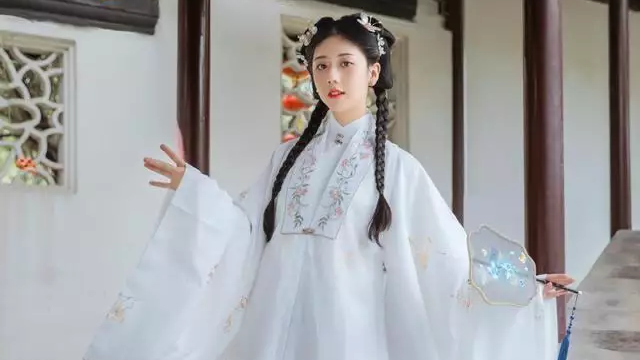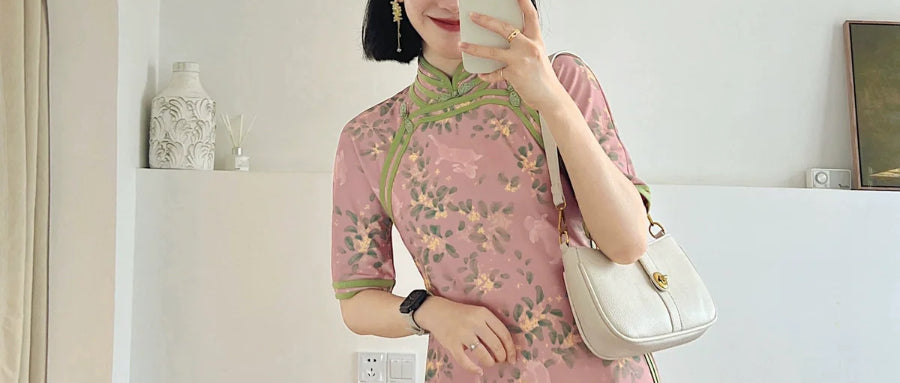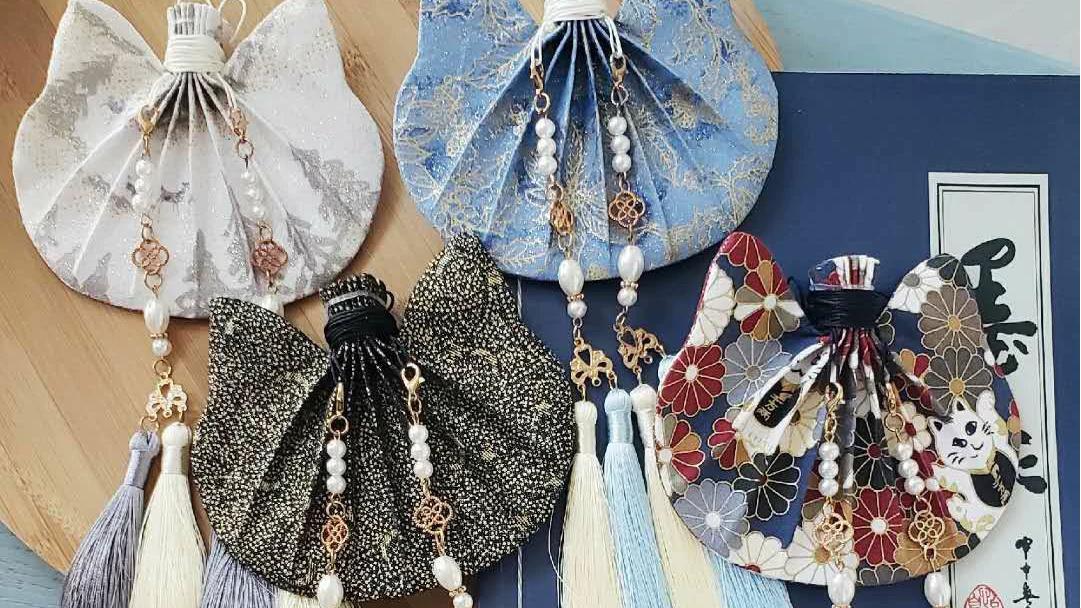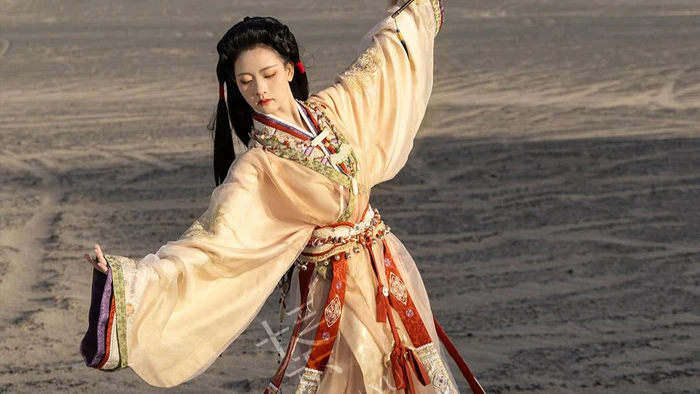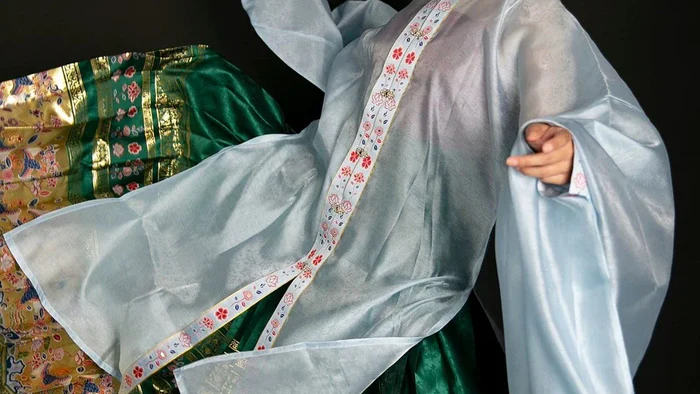Introduction
Hanfu, as a representative of traditional Chinese clothing, boasts a long history and rich cultural connotations. The embroidery techniques used in Hanfu are exquisite and have a long-standing tradition. In this blog post, we will explore some of the particularly fine embroidery techniques used in Hanfu.
What Makes Hanfu Embroidery So Special?
The embroidery on Hanfu is known for its meticulous craftsmanship, and here are some of the techniques that are especially refined:
-
平绣 (Flat Embroidery): This is a basic embroidery technique where stitches are made flat on the fabric to form patterns. It requires even stitches and smooth lines, making it suitable for depicting delicate patterns and color gradients.
-
打籽绣 (Seed Stitch Embroidery): This technique creates small "seed"-like bumps on the fabric to add texture and a three-dimensional effect to the patterns. It is often used to represent natural elements like flowers and fruits.
-
盘金绣 (Gold Thread Embroidery): Embroidery with gold or silver threads makes the patterns appear luxurious and noble. It is commonly used to depict dragons, phoenixes, and other symbols of imperial power and dignity.
-
乱针绣 (Random Stitch Embroidery): Characterized by stitches of varying lengths and directions, this technique creates a rich sense of depth and texture, suitable for complex patterns and gradient effects.
-
套针绣 (Cable Stitch Embroidery): Long stitches are arranged in an interlaced pattern to create a woven effect. It is often used to depict flowing patterns like clouds and water ripples.
-
双面绣 (Double-sided Embroidery): A high-level embroidery technique that allows patterns to be embroidered on both sides of the fabric, with the same or different designs on each side, showcasing exceptional craftsmanship.
-
立体绣 (Three-dimensional Embroidery): Special stitches or materials are used to create a three-dimensional effect in the embroidery, such as lifelike flowers and butterflies, adding visual impact.
-
贴布绣 (Applique Embroidery): Different colors or materials of fabric are cut into specific shapes, then sewn or pasted onto the base fabric before embroidery, enriching the pattern and adding depth.
-
珠绣 (Beaded Embroidery): Beads and sequins are incorporated into the embroidery to make the patterns more dazzling, often used for luxurious court attire.
-
剪纸绣 (Paper-cut Embroidery): A technique that combines paper-cut art with embroidery, where paper-cut patterns are pasted on the fabric and then embroidered along the outlines, creating a unique visual effect.
Conclusion
These embroidery techniques not only require the embroiderers to have superb skills and patience but also a deep understanding and application of colors, patterns, and materials. Through these delicate techniques, the embroidery patterns on Hanfu come to life, showcasing the profound heritage of Chinese traditional culture.

